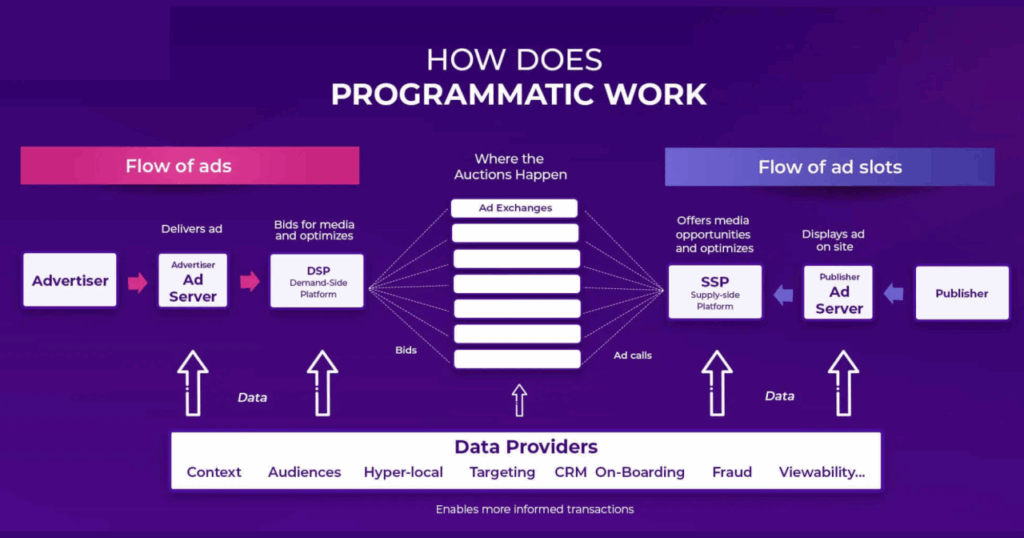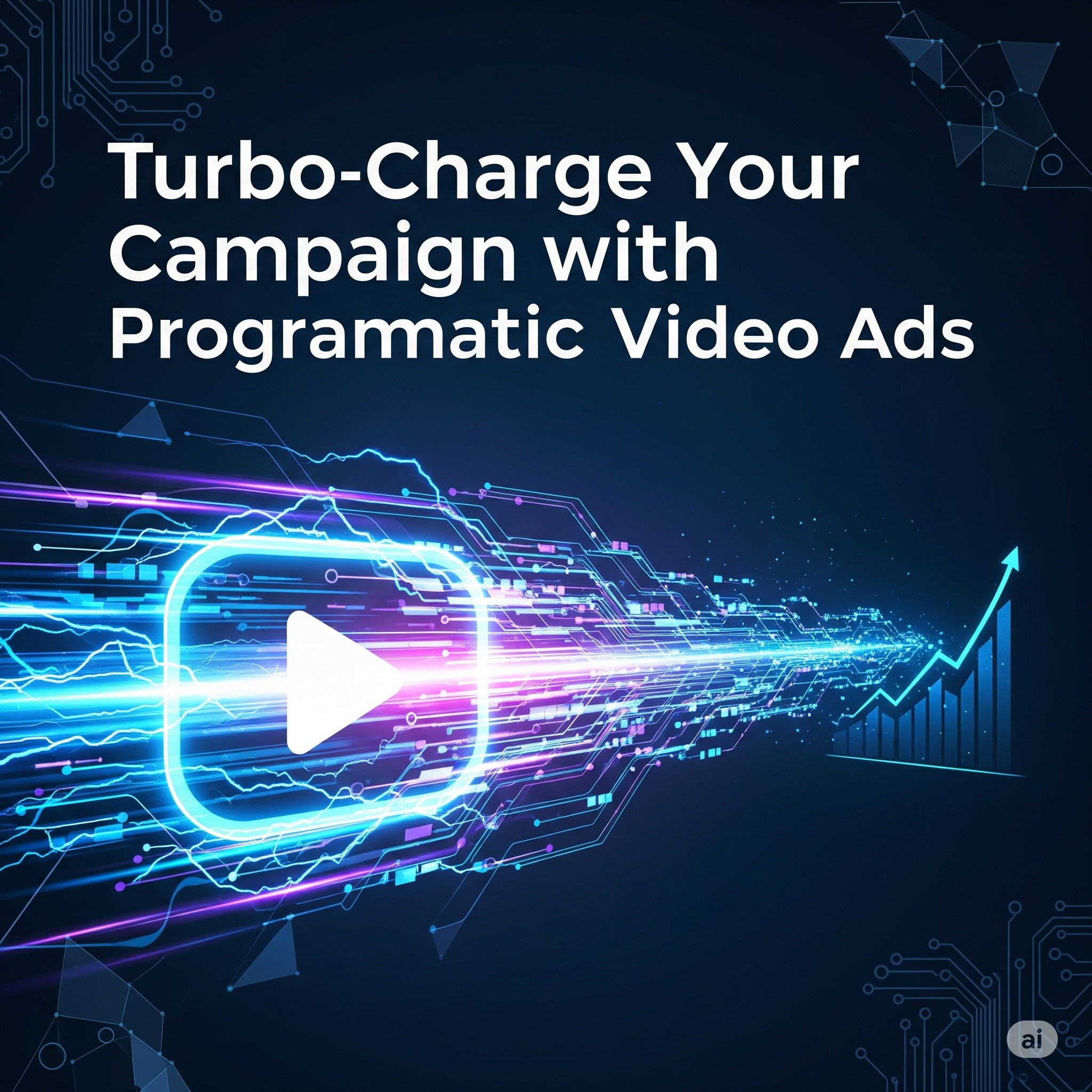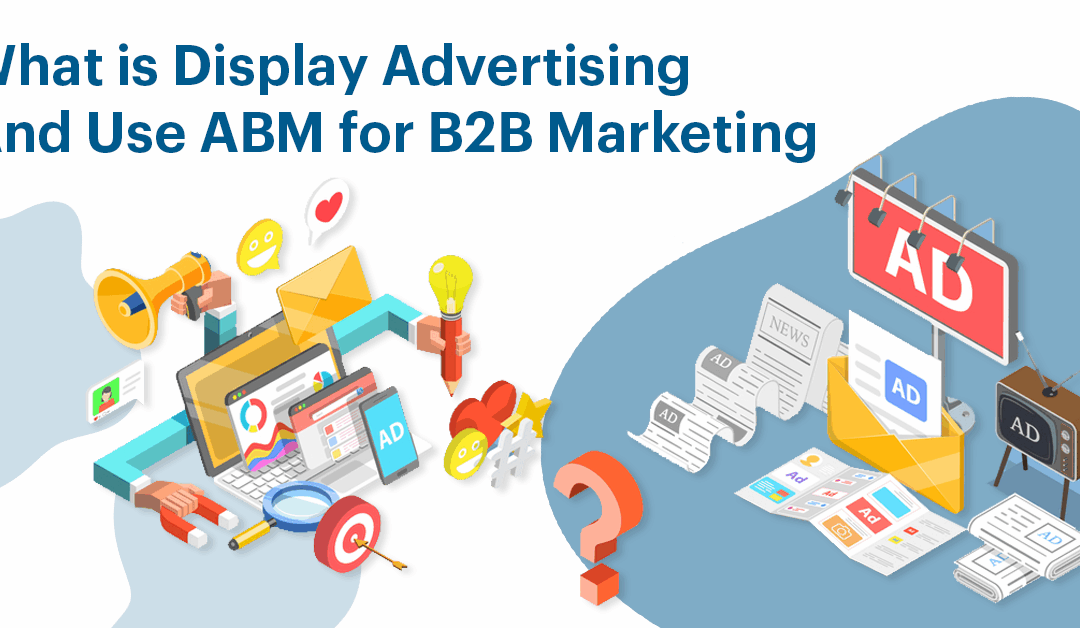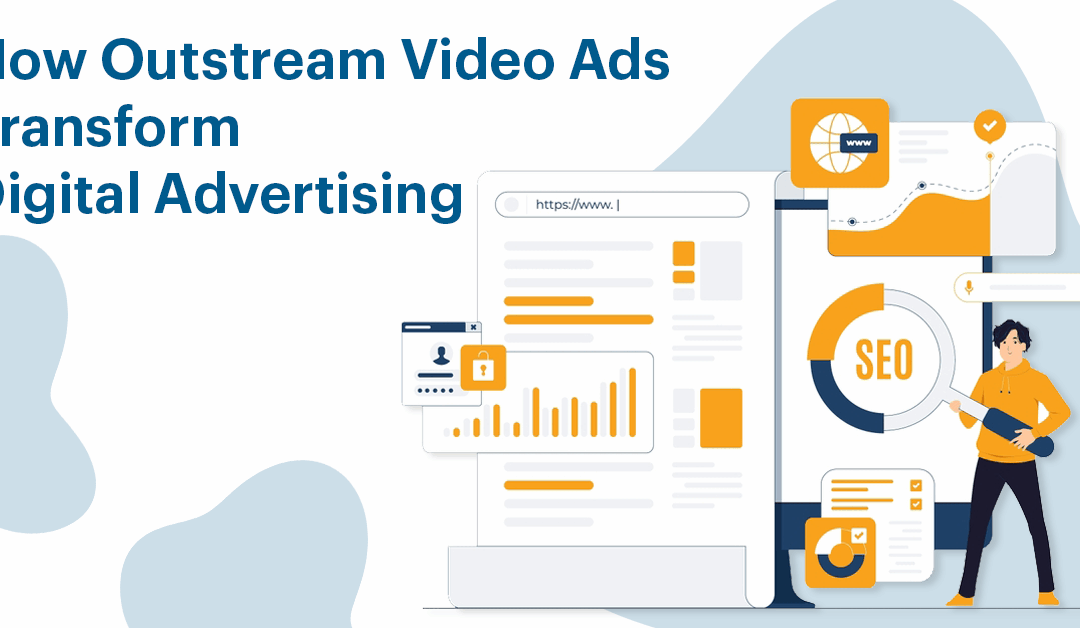Video ads work well, but programmatic video ads delivers better results. Here’s how you can enhance your video ads with a programmatic approach.
Marketing strategies that include video advertising are necessary for any marketer who wants to reach their audience – 96% of marketers consider it an important part. Video content is a great way to promote products and services due of its visual appeal and ability to create compelling stories. Video advertising industry has changed with the advent of programmatic advertising.
It is impossible to overstate the importance of video programmatic advertising. It has even become an integral part of the programmatic ecosystem. Insider Intelligence predicts that programmatic video advertising spending will grow 30% by 2026. This is a sign of its growing popularity among marketers. Understanding the fundamentals of video programmatic advertising is essential for understanding its importance.
What Is Programmatic Video Ads?
Programmatic Video Ads are the automated buying and selling of video ads using programmatic technologies. Marketers can use data and algorithms to target specific audience segments and determine the best ad placements. This results in unprecedented ,efficiency and effectiveness – the three pillars for success in today’s highly competitive digital landscape.

In other words, programmatic video marketing uses technology to simplify the advertising buying process. This approach uses automated auctions to reach viewers when they are most interested. The precision achieved allows for time savings and maximizes advertising campaigns by ensuring that each viewer receives relevant and engaging material.
Working Of Programmatic Video Advertising
Real-time Bidding (RTB), a process allowing multiple advertisers to bid on ad inventory simultaneously, is the foundation of programmatic video advertising. Multiple advertisers can bid simultaneously on the ad space using this technique. Publishers make This possible by making their inventory available through the supply-side platform (SSP), which connects the ad inventory to multiple exchanges and the demand-side platform (DSP). This is a step-by-step breakdown of how the system works:
- User Interaction: It begins when the user opens a web page or an app with advertising space.
- Requests SSP: The publisher requests that its SSP fill the space.
- SSP Evaluation: SSP analyzes user data such as demographics, preferences, and browsing history. It then passes this data to the exchange.
- Connecting DSP: After the exchange has received the users’ datasets data, the data is sent to DSPs.
- Bidding: DSPs submit bids for the space in real-time.
- SSP Winner Selection: SSP chooses the highest-bidder among DSPs and then serves that ad.

The real-time auction helps maximize publishers’ advertising revenue by opening up their inventory and making it available to more buyers. This increases the chances of placing lucrative ads. This process takes place within milliseconds, causing minimal disruption to users’ online activity.
Benefits of Video Adverts Programmatic
Programmatic video advertising has many benefits for advertisers. These are the most important advantages of this new advertising method:
- Accurate Targeting: Video advertising programmatically allows precise segmentation of audiences based on multiple data points. The granular targeting will enable ads to reach only the relevant audience, increasing engagement and conversion.
- Efficiency: Automation of the advertising buying process streamlines workflow and saves time. Marketing professionals can enjoy a faster and more effective way to reach their target audience.
- Transparency: Programmatic video advertising offers transparency. Advertisers can monitor their placement and ensure their ads match their values and goals.
- Multichannel Support: programmatic advertising is not limited to one platform. The program extends to various digital platforms, allowing marketers to develop holistic campaigns consistent across multiple touchpoints.
- Data Based Optimization: Programmatic advertising provides a wealth of information that allows continuous campaign optimization. Marketers can enhance their creative and targeting using real-time performance metrics, ensuring continuous campaign improvement.
- Reporting Quantitatively: The detailed analytics and reporting provided by programmatic video allow marketers to evaluate the success of their campaigns and make informed decisions. They can also refine their strategy.
- Cost-Effectiveness: By eliminating the inefficiencies associated with the traditional methods of buying ads, advertisers can allocate their budgets and maximize return on investment.
This makes programmatic video advertising attractive for advertisers looking to maximize their budgets and reach a highly relevant, engaged audience.
Types of Programmatic Video Ads
Programmatic video advertising includes a variety of ad formats to cater to different viewers’ preferences and contexts. These are the most common types of programmatic video ads:
Advertisements In-Stream
The ads play within the video. There are two formats: linear ads and non-linear videos. The linear ads are similar to the TV commercials in that they take up the whole video player. The ads are displayed:
- Pre-roll: These ads appear before the video’s main content. They provide a short promotional message before the intended content.
- Mid- roll: Ads that appear in the middle of the video interrupt viewers’ experience.
- Post-roll: Ads are shown at the end of the video. After watching the main content, the post-roll ads ensure that the viewers see the promotion message.
Non-linear ads don’t stop the video. They run alongside the video. Non-linear ads typically take up around 20% of the available screen area, allowing the user to skip the advertisement and go straight to the content they want.
Outstream Video Ads
Outstream videos are ads that appear on a website or in an app but do not use a video player. The ads autoplay as the user scrolls over them. This makes it less intrusive for viewers. Outstream advertising can take on several different formats.
- In -Article: This type of video ad appears within an article.
- In-Feed: Ads that appear in a content feed, like a news or social media feed.
- Native video Ads: It blend seamlessly with surrounding content. A native video advertisement might be displayed as a sponsored posting on social media platforms like YouTube.
In-game Ads
The Video games contain in-game ads. These ads can be classified into:
- Interactive Ads: This ad will enable them to play a game or watch a video in exchange for rewards.
- Cross Page Ads: Ads are shown between loading or level screens to keep players engaged.
- Reward Ads: This format rewards the player with extra lives, virtual currency or other in-game items in return for watching an ad.
The programmatic format of video ads offers unique ways to interact with your audience through the context and platform in which you are presenting them.
The Trends in Programmatic Video Advertising
Marketers should be aware of a few emerging trends as programmatic video continues to increase.
CTV and OTT Ads are on the Rise
Advertising on streaming platforms (CTV and OTT) is increasing. Advertisers will use programmatic ads to effectively reach consumers on digital streaming platforms as they shift away from traditional TV.
Immersive Technology Investment is on the rise
The global immersive technology market is expected to grow from $ 26.53 billion in 2022 and reach $ 134.18 billion by 2030. The growth of this market is also extending into the marketing sector, with the increasing use of immersive technologies like augmented reality and virtual reality in programmatic video ads.
Marketers can use this technology to create interactive and engaging ad campaigns that capture viewers’ attention and encourage brand engagement.
New Ad formats
Advertising agencies are testing new formats of ads, such as interactive video ads or shoppable videos. Advertising using programmatic will help advertisers use formats like these more efficiently by giving them data-driven insight into how they perform.
Contextual Targeting
Contextual targeting is becoming more popular as consumers are increasingly ad blind. Advertising companies are aligning ads to the content that viewers consume to ensure they are both relevant and not intrusive.
To reap the benefits of context targeting, marketers must create multi-layered strategies, including demographics and behavioural data, on top of the contextual data.
Integration into Multichannel Advertising
Multichannel strategies are being integrated with programmatic video. The approach ensures consistency and coherence between digital touchpoints to enhance the brand experience.
Brands can enhance their overall experience by combining programmatic marketing with multichannel advertising. This will help them achieve more tremendous success on the digital platform.
AI Programmatic Growth
As we know, AI has already significantly impacted video programmatic advertising, which will continue to grow. It is likely to affect the future of video advertising dramatically.
- Enhanced Targeting: AI-assisted targeting can be refined by considering various factors, including context cues and behavioral data.
- Optimal Ad Delivery: AI ensures real-time delivery of ads to the correct audience. This reduces waste and improves campaign performance.
- Transparent Measurement: AI-based transparent measurement can help programmatic video advertising to be measured more accurately and transparently.
- Creative Ad Formats: Marketing professionals can use AI to develop more engaging video campaigns. For example, they could create personalized, dynamic, and interactive video ads.
AI helps marketers to create better video ads. They can, for example, use test formats, reach out to different audiences, and optimize the performance of campaigns.
Steps to Start Programmatic Video Advertising
Programmatic video advertising revolutionized the landscape by providing advertisers with an efficient, data-driven, and highly targeted way to reach their target audience.
As video consumption increases, programmatic video advertising will be more critical in digital advertising. It makes sense to include it in your overall marketing strategy. You will need an effective plan and video ads to achieve this. These tips will help you start on the right track.
- Budgets and Goals: Define your campaign objectives clearly. Your strategy will be guided by particular goals, brand awareness, lead generation, or sales. A budget is also necessary to reach these goals.
- Target the Right Audience: The programmatic targeting features will help you reach the ideal audience. Data-driven insights can help you understand your target audience’s demographics, preferences and behaviors. This will ensure that your ads are relevant.
- Selecting Right Ad Format: Choose formats that align with your campaign’s goals and the platform you will be using. Choose formats that will enhance your viewers’ experience. Consider where and how the ads are displayed.
- Track Performance And Optimize Creatives: Data can be collected, analyzed, and interpreted to determine trends, areas of improvement, etc. Use these insights to improve your creatives and ensure they are relevant and engaging.
For more in-depth guidance on how Performoo can up-level your video advertising strategy, check out our goals page.




